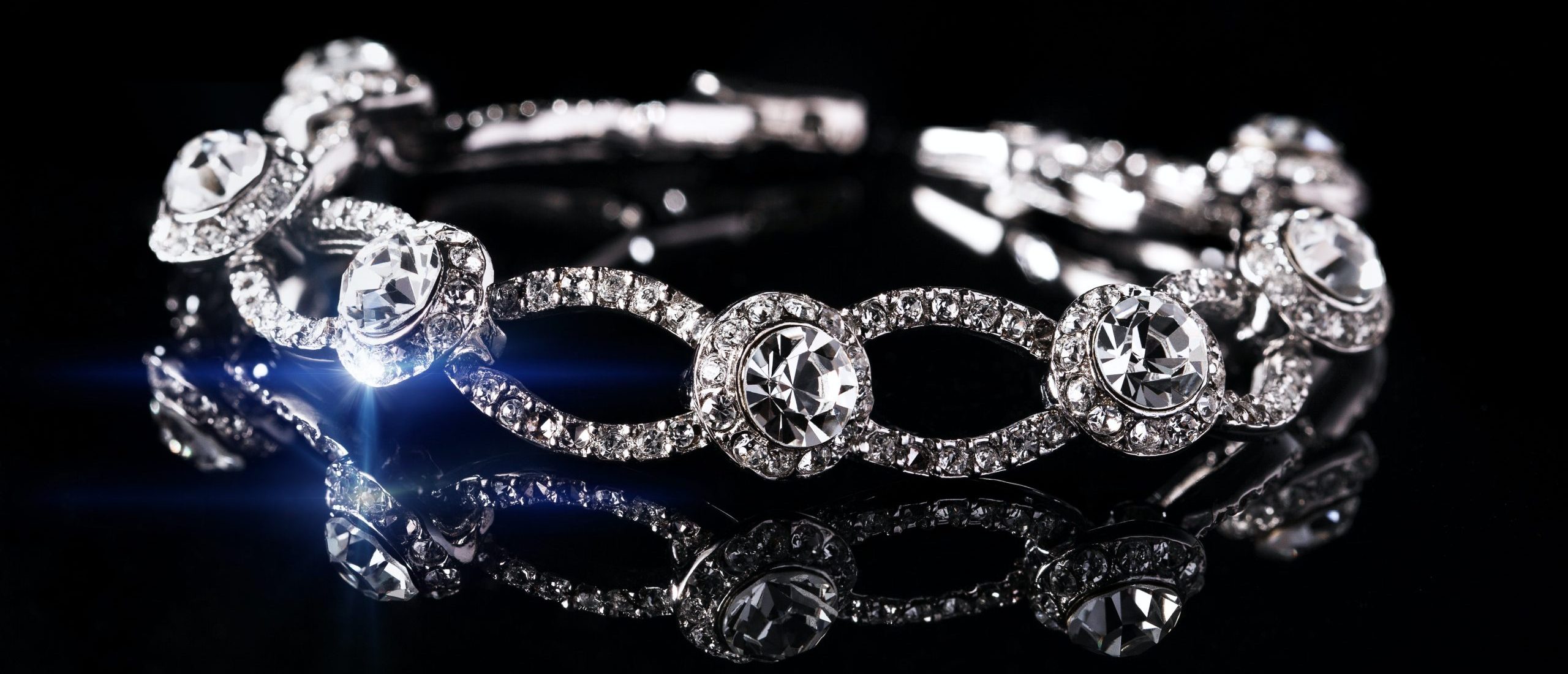
Natural Diamonds
Natural diamonds, a symbol of love and luxury, have a rich and fascinating history that dates back billions of years. These gemstones are born deep within the Earth’s mantle under intense pressure and high temperatures. The conditions for their creation are rare, which adds to their allure and value. It’s a marvel of nature that something so stunning is formed from a simple element, carbon, over such a long period.
The allure of diamonds has captivated humans for millennia. The first recorded history of diamond mining dates back to 4th-century BC India, where diamonds were uncovered from riverbeds and streams. Since then, diamonds have been found in several regions worldwide, from Africa’s heart to the icy landscapes of Canada, Russia’s vast territories, and Australia’s outback.
Diamond mining has evolved over the centuries. Early miners relied on alluvial mining, panning sands and gravels from river banks. Today, modern methods such as open-pit and underground mining are utilized. It’s a challenging and intensive process, considering that only a small fraction of mined material contains diamonds. Nonetheless, the resulting gemstones, each with their unique brilliance and fire, are deemed worth the pursuit.
Lab-Made Diamonds
Lab-made diamonds, also known as synthetic or man-made diamonds, are a relatively new phenomenon that perfectly mirrors the physical and chemical properties of natural diamonds. These gemstones are not formed over billions of years beneath the Earth’s surface but created in a laboratory over several weeks.
The creation of lab-made diamonds was initially pursued for industrial applications due to the diamond’s hardness. It wasn’t until the mid-20th century that gem-quality synthetic diamonds were first produced. General Electric made a breakthrough in 1955 by creating a lab-made diamond using a High-Pressure High-Temperature (HPHT) process, which replicated the conditions under which natural diamonds form.
The 1980s and 90s saw further development with the advent of Chemical Vapor Deposition (CVD), which involves breaking down gas molecules and using the carbon to grow a diamond crystal layer by layer. Today’s lab-made diamonds are made using variations of these methods, resulting in stones virtually indistinguishable from natural diamonds to the naked eye.
The history and creation process of lab-made diamonds underscore their appeal. They offer an alternative for consumers seeking eco-conscious and potentially more affordable options while still cherishing the diamond’s timeless beauty.
Gifts
For centuries, diamonds have transcended mere adornment. These glittering marvels have firmly etched their place in human history as powerful symbols of sentiment, standing the test of time. From the corridors of ancient palaces, where monarchs and aristocrats exchanged diamonds as tokens of alliances and favor, to contemporary settings where they become emblematic of love and achievement, diamonds have always been the epitome of life’s cherished moments.
When one gifts a diamond, it’s never just about the stone or its sparkling facade. There’s a depth of meaning behind each glint. The eternity of a diamond, its unbreakable character, mirrors the eternal nature of love — steadfast and unyielding. It’s this quality that has made diamonds synonymous with romantic proposals and marital bonds. Yet, the symbolism doesn’t stop at love. The strength of a diamond, recognized as one of the hardest substances on Earth, reflects resilience and undying spirit. This makes it an apt gift for someone who has displayed courage, tenacity, or is stepping into a new phase of life where these qualities will be paramount.
Moreover, the pure radiance of a diamond, untouched and unmarred, symbolizes sincerity and genuineness. When one gives a diamond, they are in many ways, sharing a piece of their authentic self, their wishes, hopes, and dreams.